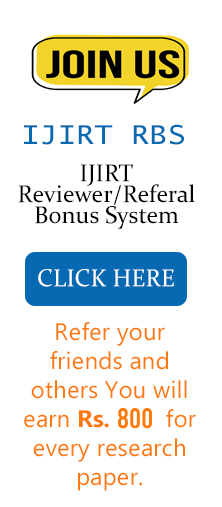( An International Open Access , Peer-reviewed, Refereed Journal )
( An International Open Access Journal & and ISSN Approved )
IJIRTEXPLORE- Search Thousands of research papers
Call For Paper May 2024 Last Date 25 - May 2024
Impact Factor 7.376 (Year 2021)
About Us
IJIRT.org enables door in research by providing high quality research articles in open access market.
Send us any query related to your research on editor@ijirt.org
Social Media
Google Verified Reviews


